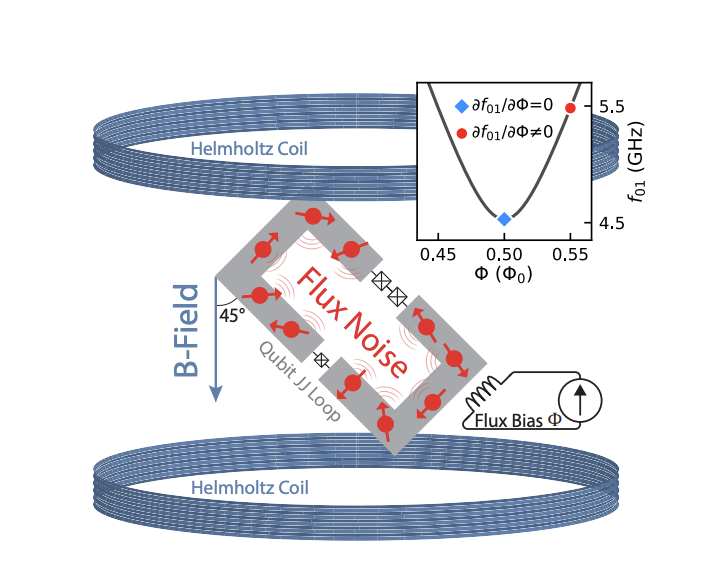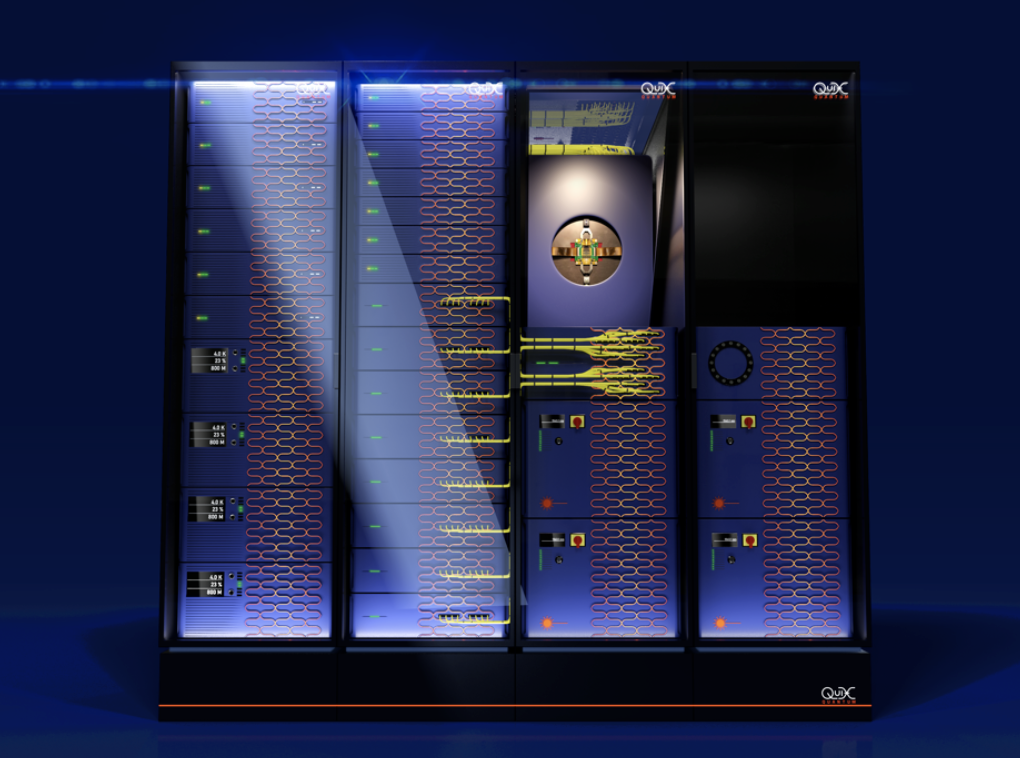A team of MIT-led researchers report they are beginning to better understand a significant obstacle in the progress of superconducting quantum processors. Specifically, the researchers say they are closer to understanding the underlying mechanism of 1/f magnetic flux noise in superconducting circuits, which has been an open question even after several decades of extensive research.
Removing the source of 1/f flux noise has implication for quantum hardware design, the team added.
The researchers, who report their findings in the pre-print server ArXiv, writes: “The experimental progress towards building quantum processors with superconducting qubits has advanced significantly in recent years. However, environmental noise and material quality limit qubit coherence, which constrains the ability to scale to larger devices and utilize different qubit architectures. One major limitation to qubit coherence is the ubiquitous low-frequency magnetic-flux noise which displays a 1/f power spectral density.”
According to the paper, the team applied weak in-plane magnetic fields to a capacitively-shunted flux qubit, which revealed previously unexplored trends that may help to inform a complete microscopic theory of 1/f flux noise in superconducting circuits.
Specifically, the study reveals a distinct 1/f to approximately Lorentzian transition of the noise spectrum below 10 Hz and noise suppression above 1 MHz.

The 1/f flux noise is a major source of qubit coherence limitation in superconducting qubits, which constrains the ability to scale to larger devices and use different qubit architectures, according to the researchers.
There is still work to do, the researchers add, but the path looks promising.
They write: “Already, we anticipate that our results can provide a new experimental constraint for future flux noise models incorporating magnetic field dependence, which may bring us one step closer to solving the decades-long open question of the microscopic origin of 1/f flux noise in superconducting circuits.”
The U.S. National Science Foundation (NSF), the U.S. Department of Energy, the Under Secretary of Defense for Research and Engineering and the Office of Science National Quantum Information Science Research Center’s Codesign Center for Quantum Advantage supported this work.
For more market insights, check out our latest quantum computing news here.


















